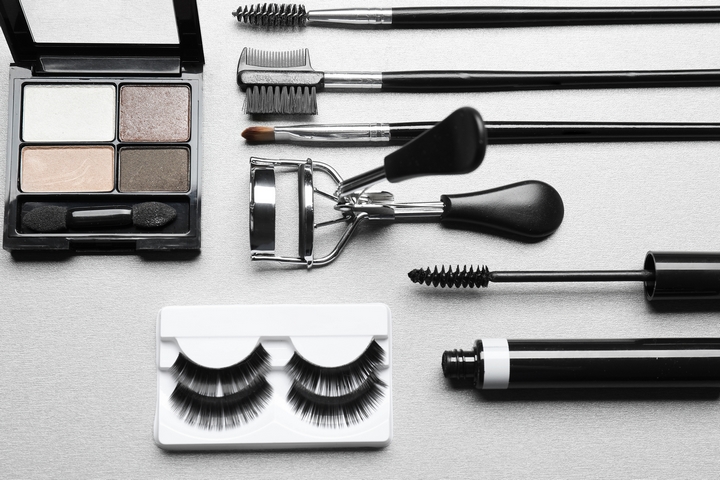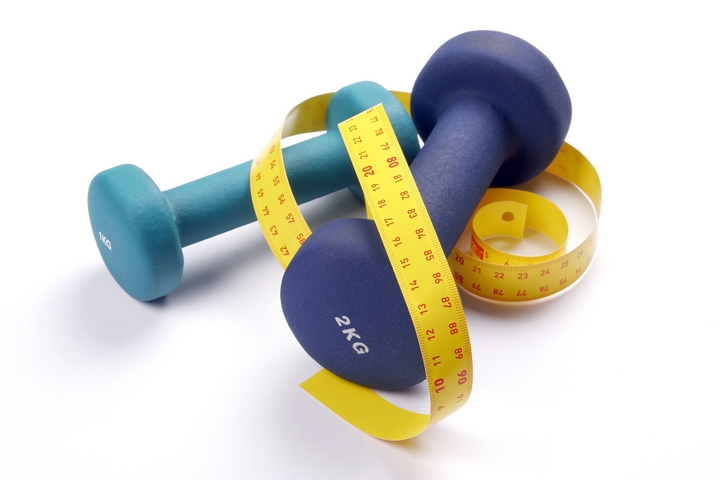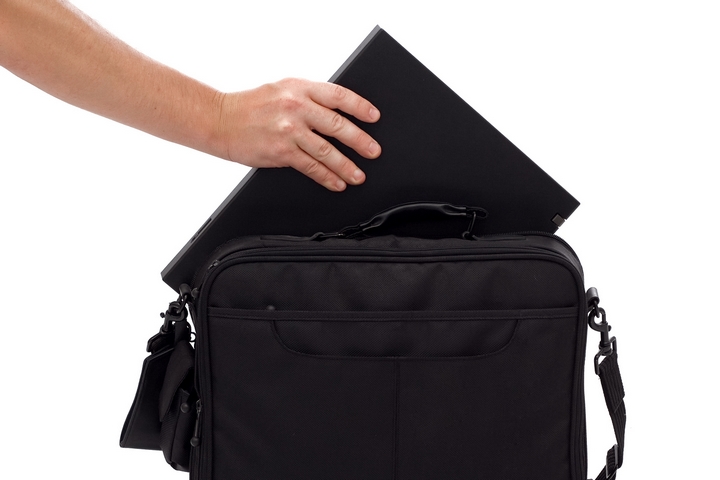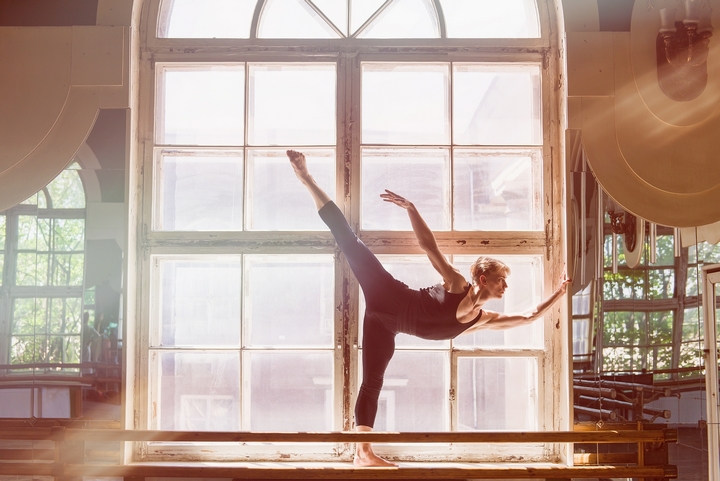
Ballet is an intricate art that can be overwhelming for beginners. There are many different positions that may seem difficult to master, but all you need is practice. Mastering one position helps you build a foundation that makes it easier to pick up the basics for other positions. This post looks at 8 basic ballet moves for beginners that will help you kick start your ballet journey!
1. 1st Position Ballet Moves
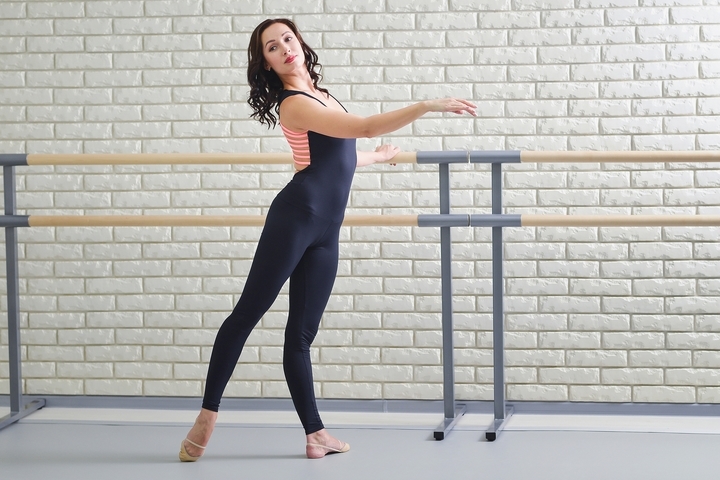
Mastering the 1st position will put you in a good place to learn other crucial ballet skills. Most of the advanced positions you’ll end up practicing start from the 1st position. Your goal when practicing this position is to be as comfortable and as balanced as possible. The sole of your foot and your toes need to be in contact with the floor. Your heels should be as close as comfortably possible without them touching.
As a beginner, you’ll notice your feet are rolling forwards, or they’ll be turned so far out that you may feel like you’re about to fall. Keep practicing these basic ballet moves until balance in this position comes naturally.
2. 2nd Position Ballet Moves
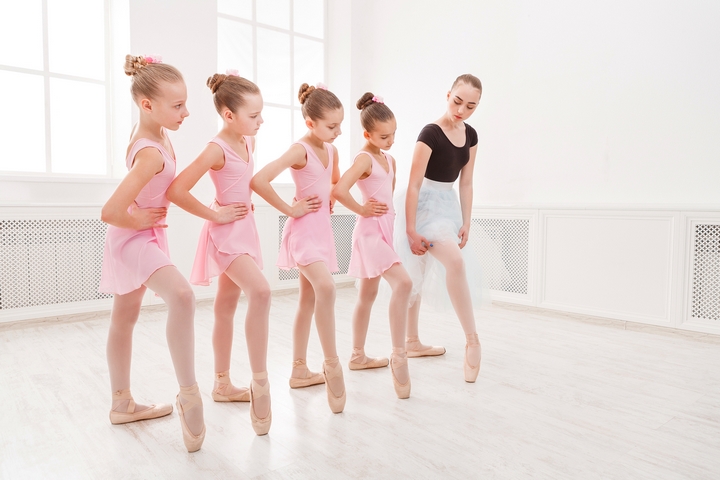
2nd position is closely related to the 1st position. Once you find yourself in the 1st position, slide one foot away from the other. Keep sliding until you can fit 1 and a half of your feet in the space between your legs. Both balls of your feet should be turned out. If you can’t get your feet turned out all the way, go as far as possible without losing your balance. The more you practice these basic ballet moves, the more natural this position will become. Positions 1 and 2 are basic ballet moves that will make other movements easier to master.
3. 3rd Position Ballet Moves
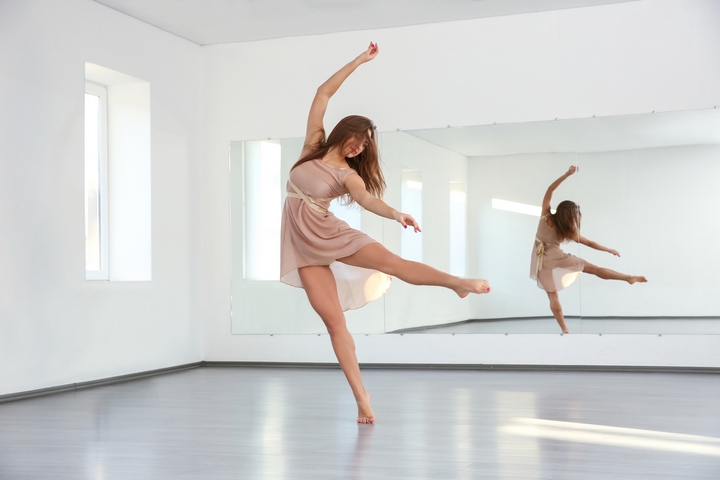
3rd position introduces a sudden jump in difficulty. Although most contemporary performers prefer the 5th position over the 3rd, this is still a good position to have in your arsenal. If you’re having trouble getting in this position, begin in 2nd position and slide one foot towards the other. You want the heel of your front foot touching the arch of your other foot. If you’re a beginner, don’t force yourself into this position as you may injury your knees. Finding ways to loosen your hips and hamstrings should make this position easier to achieve.
4. 4th Position Ballet Moves
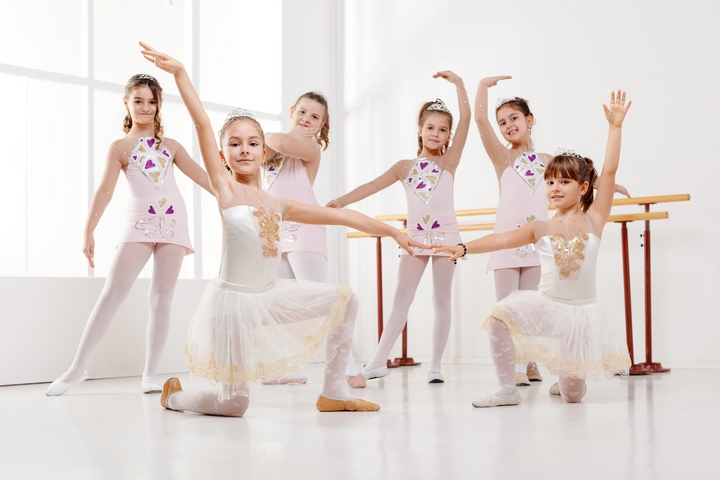
4th position is very similar to the 3rd position in terms of visual appearance. The main difference is you’ll be sliding your front foot directly out in front of you. The space in between your feet in this position should be enough for one of your feet to fit in. When you’re in 3rd position, imagine you’re sliding your front foot towards an imaginary audience. This will help you master a smooth transition from 3rd to 4th position.
5. 5th Position Ballet Moves
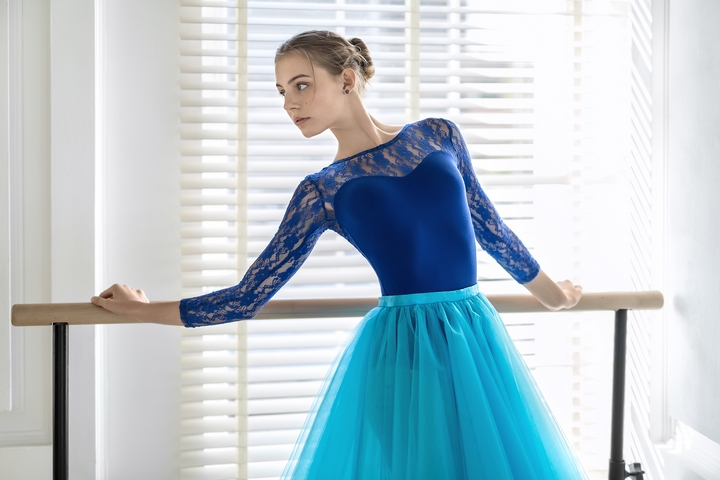
5th position is quite demanding and requires you to put in some practice with the other positions. Again, having flexibility in your hips and hamstrings will help make this position more accessible. 5th position is similar to 4th position, but this time you want both your feet to be in contact with each other. The toes on one foot should be in contact with the heel on your other foot as much as possible. Take your time with practicing the other positions to avoid injuring yourself.
6. Pilé Ballet Moves
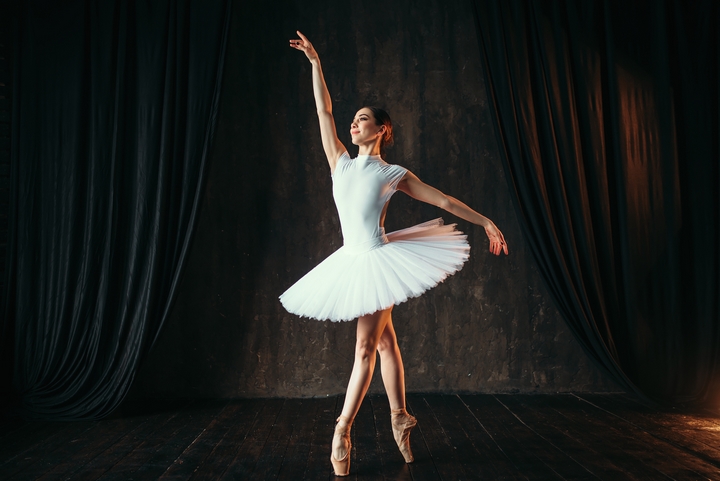
Pilé is a relatively simple position that involves bending both knees at the same time. To do this position correctly, you want your knees to hover directly over your toes. Both feet should be flat with most of your weight on the balls of your feet. Pilé is an excellent position to master as other positions and movements often begin and end in plie.
As a beginner, you can use a ballet barre to help you maintain your balance as you get used to the pilé motion. Pilé means to bend in French. As you first start practicing this position, bend your knees slowly while keeping your upper body straight. This is another position where you’ll benefit from having flexible hips, which will prevent your rear end from sticking out.
7. Relevé Ballet Moves
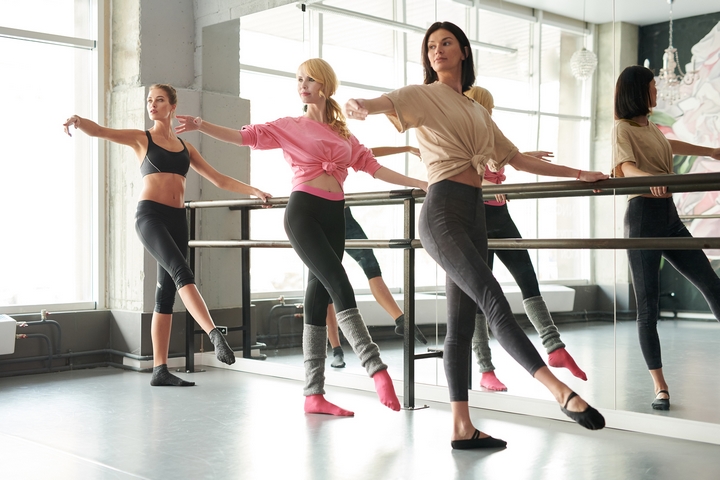
Relevé is a common position used in a variety of ballet movements. Start with both of your feet together and lift your heels high enough that you are putting all your weight on the balls of your feet. Keep your knees straight and focus on putting weight on the balls of your feet and not the tips of your toes. The relevé position can be done on one or two feet.
8. Sauté Ballet Moves
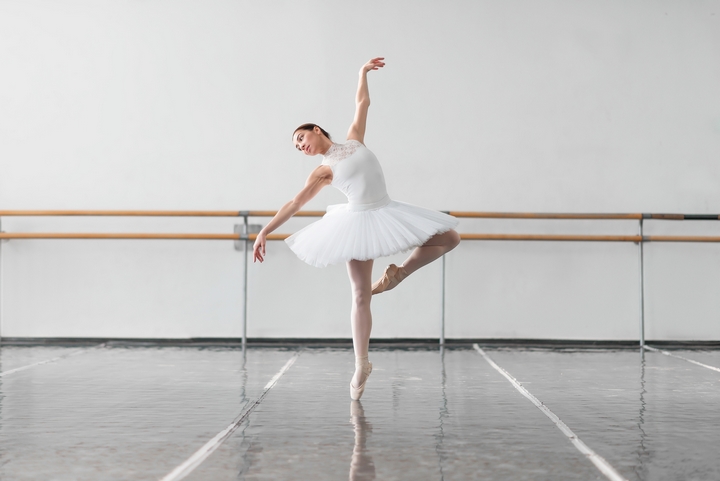
The sauté position has you leaving the ground using both feet and landing with both feet at the same time. Start in the pilé position, add weight to the balls of your feet, and launch yourself into the air. It’s important to land in the pilé position with your legs extended to cushion your knees from the impact when you land.





